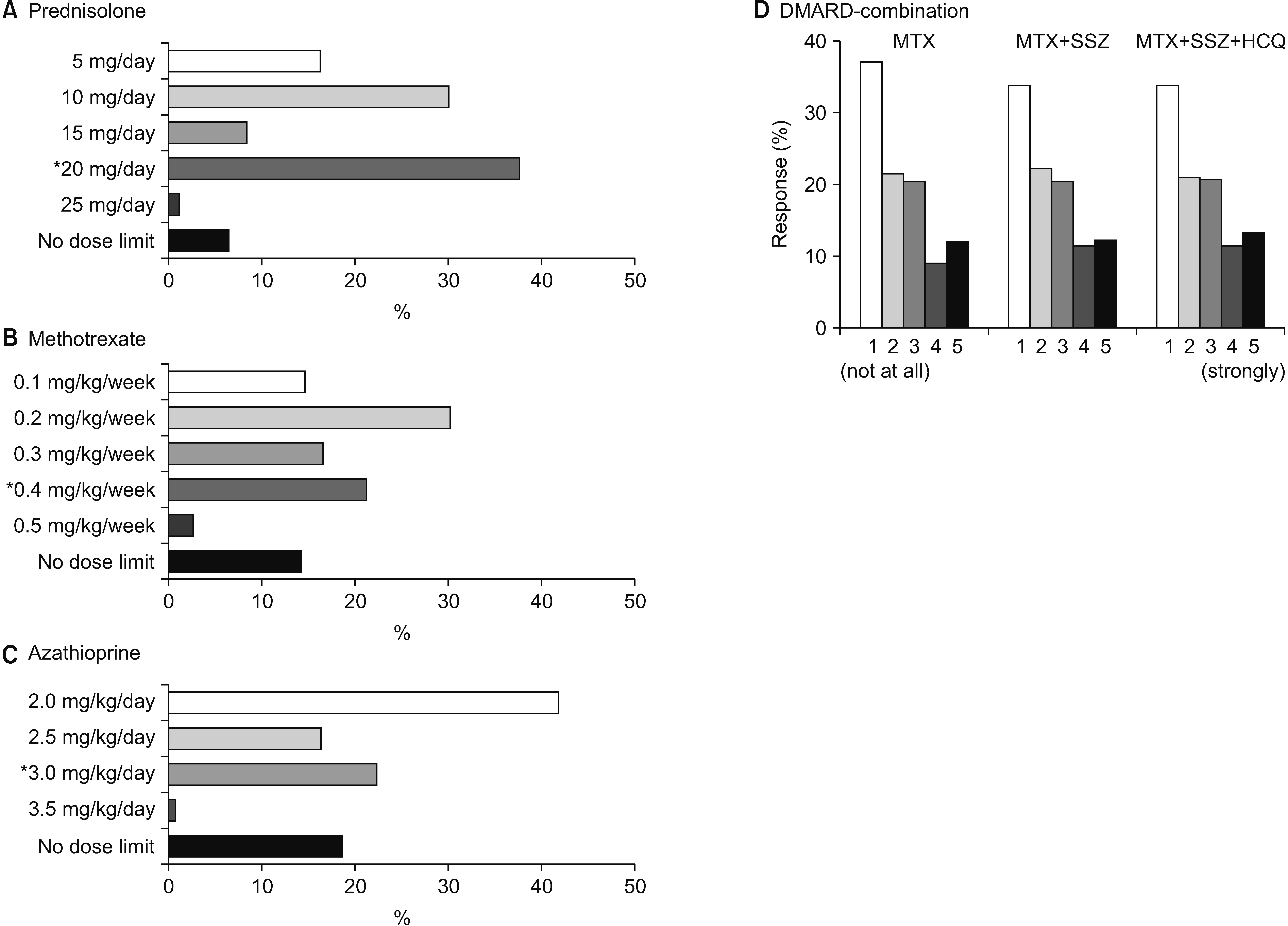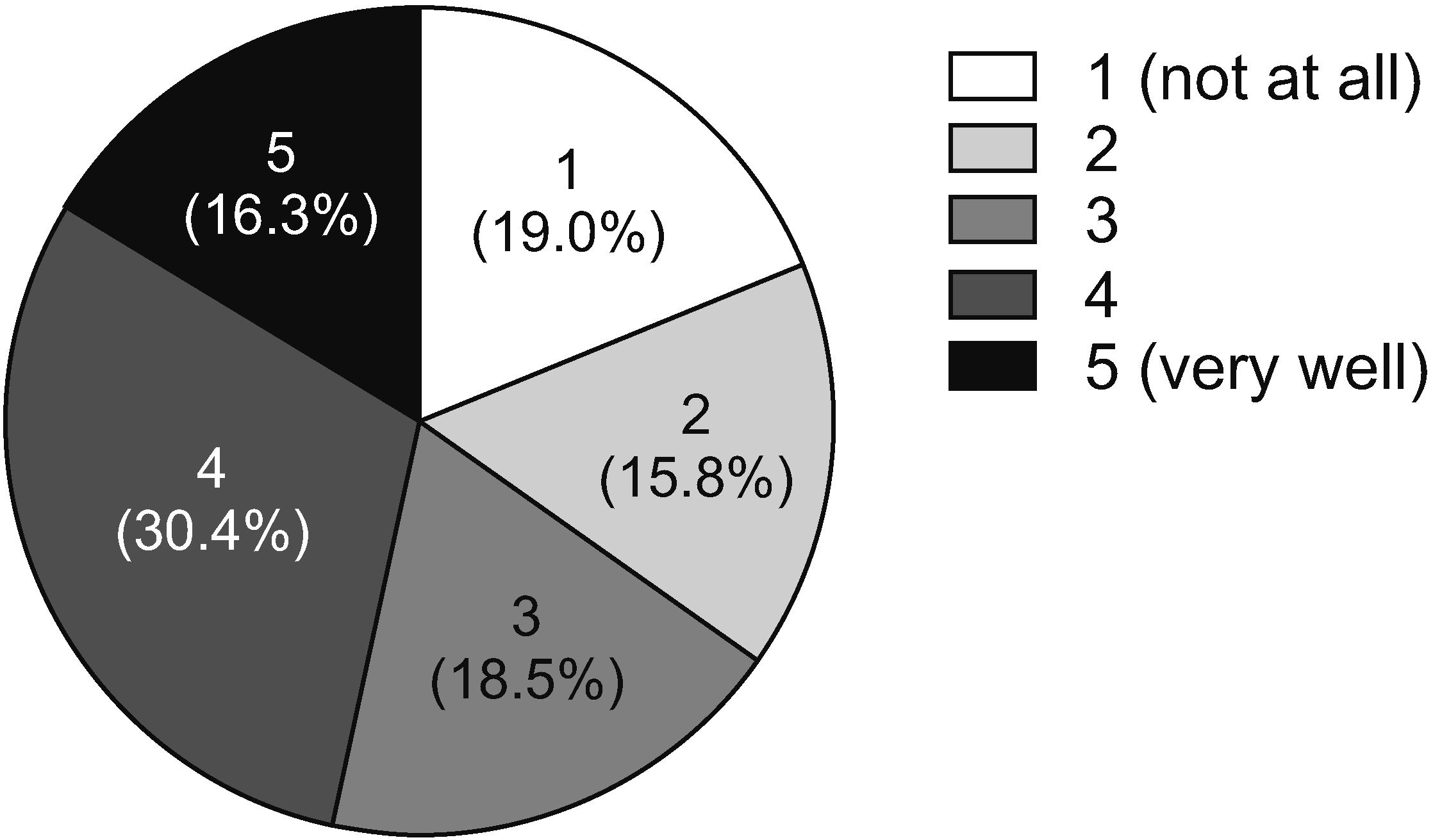1. Au K, Reed G, Curtis JR, Kremer JM, Greenberg JD, Strand V, et al. 2011; High disease activity is associated with an increased risk of infection in patients with rheumatoid arthritis. Ann Rheum Dis. 70:785–91. DOI:
10.1136/ard.2010.128637. PMID:
21288960.
2. Doran MF, Crowson CS, Pond GR, O'Fallon WM, Gabriel SE. 2002; Frequency of infection in patients with rheumatoid arthritis compared with controls: a population-based study. Arthritis Rheum. 46:2287–93. DOI:
10.1002/art.10524. PMID:
12355475.
3. Danza A, Ruiz-Irastorza G. 2013; Infection risk in systemic lupus erythematosus patients: susceptibility factors and preventive strategies. Lupus. 22:1286–94. DOI:
10.1177/0961203313493032. PMID:
24098001.
4. van Assen S, Agmon-Levin N, Elkayam O, Cervera R, Doran MF, Dougados M, et al. 2011; EULAR recommendations for vaccination in adult patients with autoimmune inflammatory rheumatic diseases. Ann Rheum Dis. 70:414–22. DOI:
10.1136/ard.2010.137216. PMID:
21131643.
5. Saag KG, Teng GG, Patkar NM, Anuntiyo J, Finney C, Curtis JR, et al. 2008; American College of Rheumatology 2008 recommendations for the use of nonbiologic and biologic disease-modifying antirheumatic drugs in rheumatoid arthritis. Arthritis Rheum. 59:762–84. DOI:
10.1002/art.23721. PMID:
18512708.
6. Furer V, Rondaan C, Heijstek MW, Agmon-Levin N, van Assen S, Bijl M, et al. 2020; 2019 update of EULAR recommendations for vaccination in adult patients with autoimmune inflammatory rheumatic diseases. Ann Rheum Dis. 79:39–52. DOI:
10.1136/annrheumdis-2019-215882. PMID:
31413005.
7. Krasselt M, Ivanov JP, Baerwald C, Seifert O. 2017; Low vaccination rates among patients with rheumatoid arthritis in a German outpatient clinic. Rheumatol Int. 37:229–37. DOI:
10.1007/s00296-016-3608-y. PMID:
27878345.
8. Subesinghe S, Rutherford AI, Ibrahim F, Harris H, Galloway J. 2016; A large two-centre study in to rates of influenza and pneumococcal vaccination and infection burden in rheumatoid arthritis in the UK. BMC Musculoskelet Disord. 17:322. DOI:
10.1186/s12891-016-1187-4. PMID:
27491386. PMCID:
PMC4973522.
9. Hmamouchi I, Winthrop K, Launay O, Dougados M. 2015; Low rate of influenza and pneumococcal vaccine coverage in rheumatoid arthritis: data from the international COMORA cohort. Vaccine. 33:1446–52. DOI:
10.1016/j.vaccine.2015.01.065. PMID:
25659279.
10. Curtis JR, Johnson SR, Anthony DD, Arasaratnam RJ, Baden LR, Bass AR, et al. 2021; American College of Rheumatology guidance for COVID-19 vaccination in patients with rheumatic and musculoskeletal diseases: version 2. Arthritis Rheumatol. 73:e30–45. DOI:
10.1002/art.41877. PMID:
34128356. PMCID:
PMC8427105.
11. Curtis JR, Johnson SR, Anthony DD, Arasaratnam RJ, Baden LR, Bass AR, et al. 2021; American College of Rheumatology guidance for COVID-19 vaccination in patients with rheumatic and musculoskeletal diseases: version 1. Arthritis Rheumatol. 73:1093–107. DOI:
10.1002/art.41734. PMID:
33728796. PMCID:
PMC8250724.
12. Brocq O, Acquacalda E, Berthier F, Albert C, Bolla G, Millasseau E, et al. 2016; Influenza and pneumococcal vaccine coverage in 584 patients taking biological therapy for chronic inflammatory joint: a retrospective study. Joint Bone Spine. 83:155–9. DOI:
10.1016/j.jbspin.2015.11.005. PMID:
26725745.
13. Morin MP, Quach C, Fortin E, Chédeville G. 2012; Vaccination coverage in children with juvenile idiopathic arthritis followed at a paediatric tertiary care centre. Rheumatology (Oxford). 51:2046–50. DOI:
10.1093/rheumatology/kes175. PMID:
22864995.
14. Singh JA, Saag KG, Bridges SL Jr, Akl EA, Bannuru RR, Sullivan MC, et al. 2016; 2015 American College of Rheumatology guideline for the treatment of rheumatoid arthritis. Arthritis Rheumatol. 68:1–26. DOI:
10.1002/art.39480. PMID:
26545940.
15. Zhu N, Zhang D, Wang W, Li X, Yang B, Song J, et al. 2020; A novel coronavirus from patients with pneumonia in China, 2019. N Engl J Med. 382:727–33. DOI:
10.1056/NEJMoa2001017. PMID:
31978945. PMCID:
PMC7092803.
17. Park JK, Lee MA, Lee EY, Song YW, Choi Y, Winthrop KL, et al. 2017; Effect of methotrexate discontinuation on efficacy of seasonal influenza vaccination in patients with rheumatoid arthritis: a randomised clinical trial. Ann Rheum Dis. 76:1559–65. DOI:
10.1136/annrheumdis-2017-211128. PMID:
28468794.
18. Park JK, Lee YJ, Shin K, Ha YJ, Lee EY, Song YW, et al. 2018; Impact of temporary methotrexate discontinuation for 2 weeks on immunogenicity of seasonal influenza vaccination in patients with rheumatoid arthritis: a randomised clinical trial. Ann Rheum Dis. 77:898–904. DOI:
10.1136/annrheumdis-2018-213222. PMID:
29572291. PMCID:
PMC5965360.
19. Park JK, Choi Y, Winthrop KL, Song YW, Lee EB. 2019; Optimal time between the last methotrexate administration and seasonal influenza vaccination in rheumatoid arthritis: post hoc analysis of a randomised clinical trial. Ann Rheum Dis. 78:1283–4. DOI:
10.1136/annrheumdis-2019-215187. PMID:
30904830.





 PDF
PDF Citation
Citation Print
Print




 XML Download
XML Download